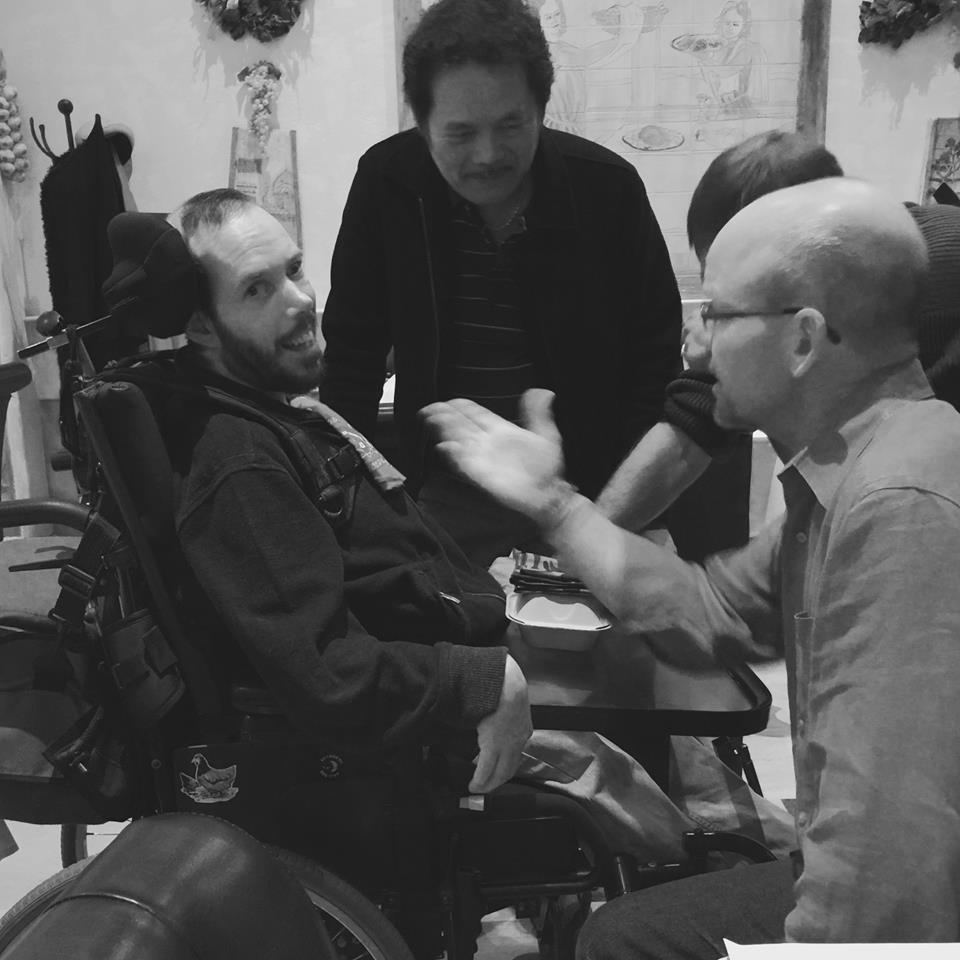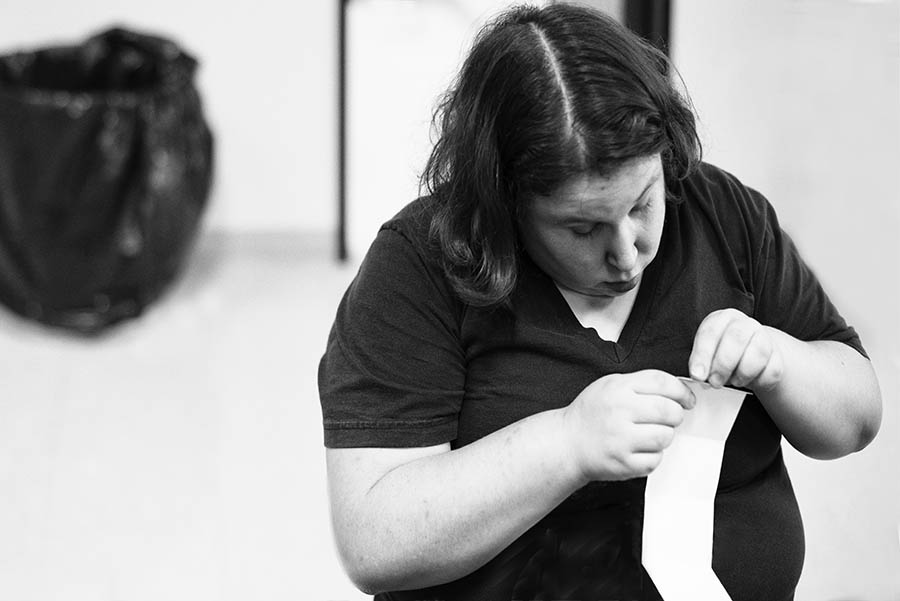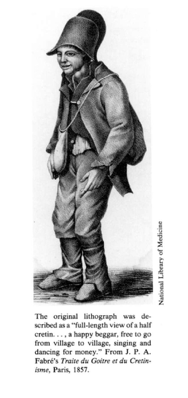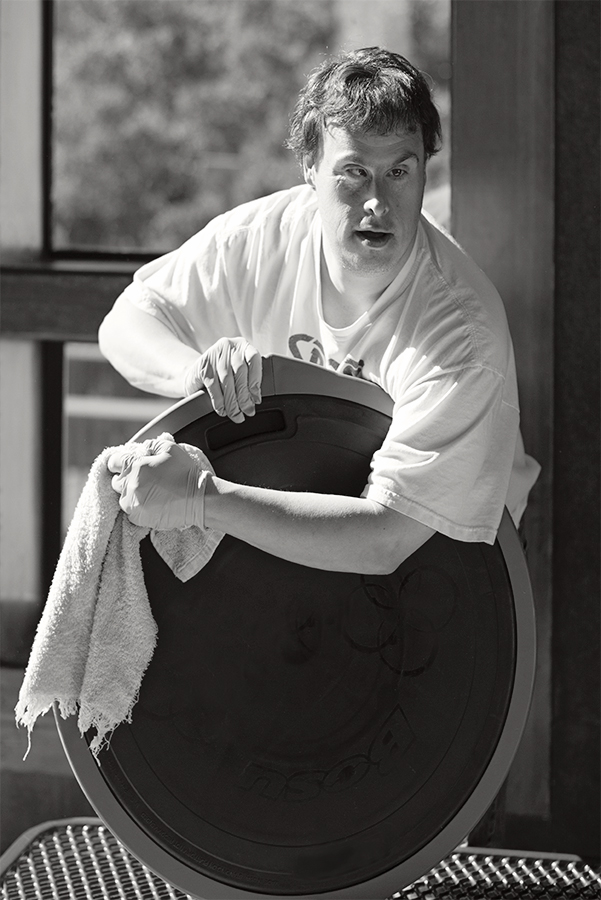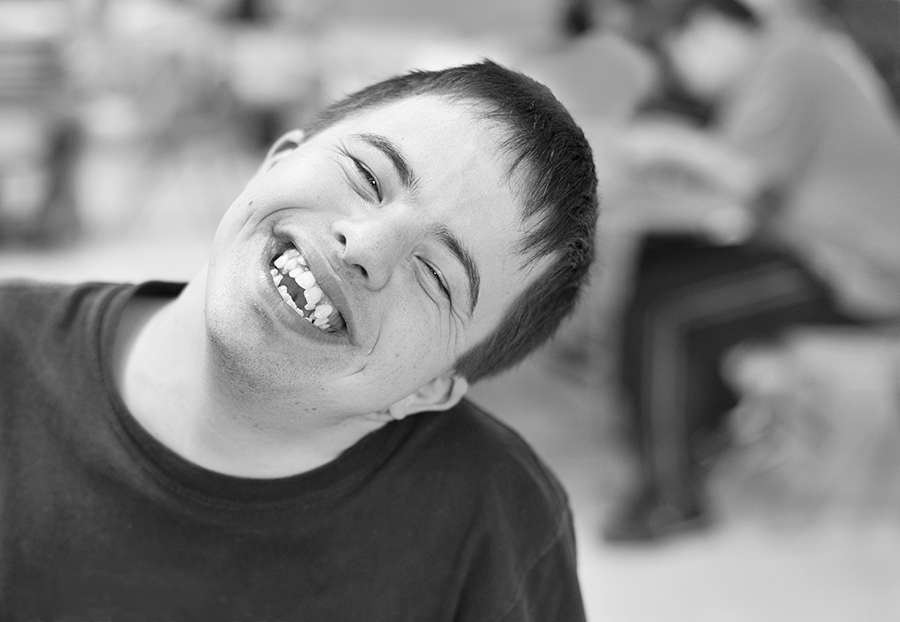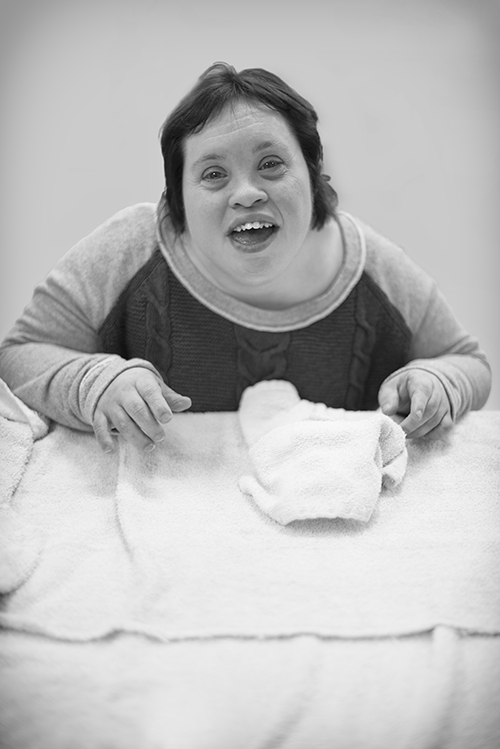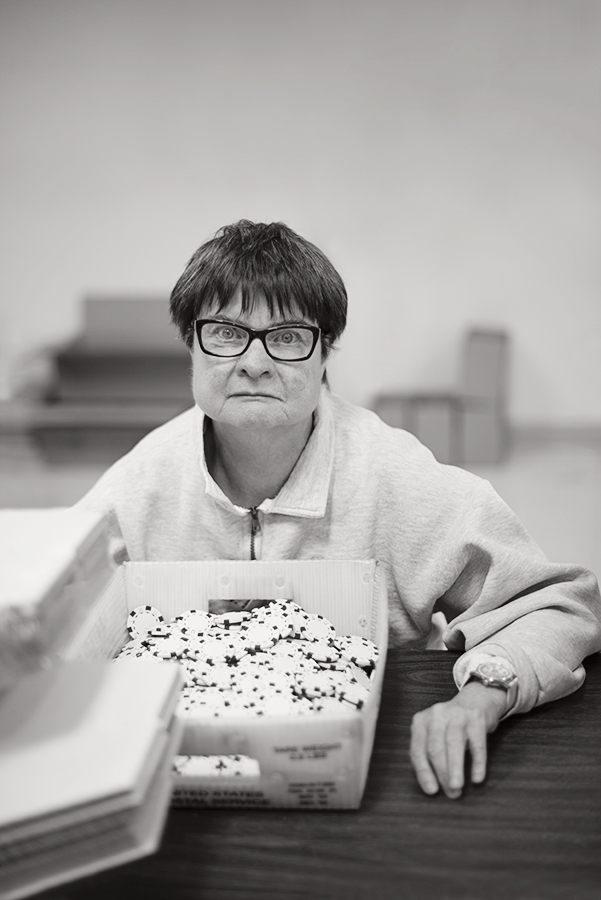by Dianne Morton
Earlier this week, I attended a wonderful annual event that was so incredibly inspiring, I decided this organization needed to be shared with my readers. Kainos Home and Training Center is located in Redwood City, CA. It was founded in 1974 to serve adults with intellectual and developmental disabilities. I was introduced to this organization several years ago through my lifelong friend, Tara, who has been an avid supporter and fundraiser.
We have a nephew named Ben who was born premature in November 1978. Nearly one month later, Ben was diagnosed with severe cerebral palsy. As a nonverbal quadriplegic, Ben has worked very hard simply to live and breathe. We’ve witnessed Ben’s parents’ fear, strength, struggles, and support for this amazing man. When Ben was nine, his parents began a school for children with severe speech and physical challenges. Currently, the Bridge School offers support and identifies the most efficient, effective ways in learning to communicate. Finally, Ben’s parents have created an environment allowing him to live a meaningful life filled with stimulation, family time, social activity (Go Sharks!), extensive travel, and vitality.
Benny with Uncle Brian (sharing a dirty joke); and Ben’s caregiver, Tony | Dianne Morton | 2016
My husband and I have three children; Cousin Ben has affected each in unique ways. As babies, our children used Ben’s wheelchair to pull themselves up to a standing position. I remember Benny slowly and carefully directing his head to look down at them, which was always followed by a sweet smile. Aside from the obvious valuable life lessons each of our children have learned from Cousin Ben (kindheartedness, empathy), they have true insight into the fact that Ben is a whole person. He thinks, sees, hears, and feels everything.
To say that our family has compassion for anyone with a disability is an understatement. My children understood from a very young age never to use derogatory statements such as “He’s such a spaz” or deeply offensive words like “retarded.” Regardless of ignorance or lack of compassion, there is no place for such terms.
Now that our children are grown and out of the house, I’ve found myself on a new journey. No longer driving to and from basketball practices or piano lessons, I am filling my days with meaningful philanthropic work within my community, and I am also exploring my artistic passion of photography.
A couple of years ago, I stumbled on a way to combine my two passions by capturing environmental portraits of intellectually, developmentally, and physically special needs adults who reside at the Kainos Home and Training Facility. Through guidance, residents learn the ordinary skills that we might take for granted. Education and training range from daily living skills such as personal hygiene, household maintenance, health, and safety to vocational skills such as job readiness classes, community-based work teams, and job placement. I have been utterly humbled by the kindness these people offer me.
The employees’ curiosity about my camera was absolutely infectious. One woman, Katie, asked if I would send her photo to her mother so she could see Katie working. The Kainos community demonstrates the most basic example of authentic and genuine humanity.
Katie | Dianne Morton | 2014
Throughout history, intellectually, developmentally, and physically special needs adults were hidden from society. Different intellects were viewed as stigmatic and humiliating. The demonic, subhuman image of the disabled persisted for decades in not only public thought but also school systems, government codes, court systems and, most particularly, the dehumanization of mass-care institutions.
Humanitarian efforts can be traced back to mid-19th century medical records alluding to educating the “poor idiot” with the hope of making the person publicly and socially competent. In 1846, Dr. Samuel Gridley Howe of Boston organized the first systematic survey identifying the disabled population. His study concluded that two out of 1,000 people were “mentally defective.” Dr. Howe’s study intended to discover this population’s capacity for development. He ultimately determined disabled people were capable of learning in areas of labor, caring for themselves, and eliminating institutional isolation from asylums.
The decades that followed offered little change in the public’s ignorance regarding the disabled. In 1915, public records indicate programs to “identify, segregate, and sterilize every feebleminded person as a menace to social decency and racial purity: to the end that they shall not reproduce their kind.” By the mid-twentieth century, however, personal stories of Mrs. Rose Kennedy regarding her daughter, Rosemary, offered awareness into the fact that the special needs child is a human who needs love to help her grow. These stories began to open people’s minds, which inspired a move to action and laid the foundation for extraordinary developments for the disabled. Agencies with parental support were established, along with schools, workshops, and daycare centers. The need for vocational and occupational training became apparent, furthering the need and desire to continue programs for advocacy, education, training, employment, and community services. Today, we know the disabled deserve the opportunity to learn, live, and laugh.
Untitled | Dianne Morton | 2014
A few years ago, I captured a series of environmental portraits to document a typical day in the life of these people. Since the beginning of my volunteerism at the residential facility, I have become familiar with many of the residents and am happy to call them my friends. My images were shot in color using digital technology. Although most of the images were captured indoors with limited natural light, I did not use flash or studio lights, as I wanted to move freely amongst the workers without disruption.
Because of the difficult, challenging light within the facility, I decided to convert the images into black and white with Photoshop, as the contrasting grey tones adapted well to all lighting situations. Furthermore, I didn’t want the color to distract the audience from my subjects. This way, my subjects spoke for themselves with honesty and truth.
Untitled | Dianne Morton | 2014
Untitled | Dianne Morton | 2014
Untitled | Dianne Morton | 2014

